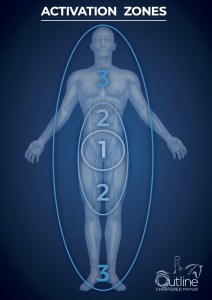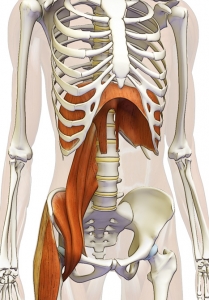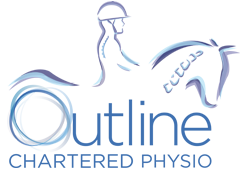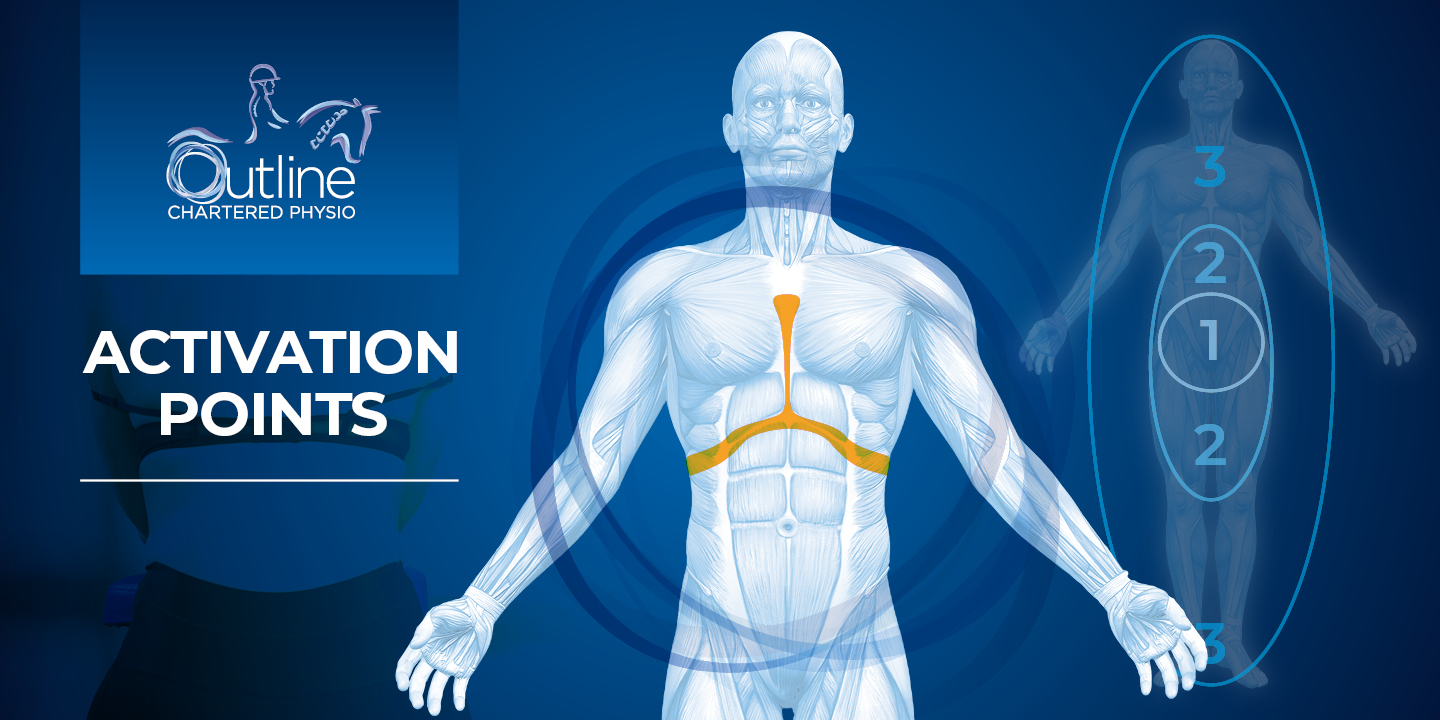If you have read our previous few blogs you will have learnt a little about the Be Activated philosophy and the impact that stress, mindset and breathing have on how well your body moves and performs.
So what actually happens when your body ‘switches off’?
The 1 – 2 – 3 theory
Have a look at the Zones diagram below:

Figure 1
Zone 1
Zone 1 is the foundation of our movement and comprises our Diaphragm, Psoas and Gluteal muscles. Without these muscles we can’t breathe and we can’t move – quite vital components of human survival really!
We have already discussed the Diaphragm and its importance in breathing and oxygen consumption/energy production but it is also an important stability muscle as it supports the ribcage and the spine. You can see the diaphragm clearly in figure 2 – the dome shaped muscle underneath the ribcage.

Figure 2
The Psoas (Hip Flexor) muscle is also clearly seen in Figure 2. It has an attachment into the diaphragm and spine and travels all the way down to below the hip and pelvis. It is responsible for initiating hip flexion (i.e. taking the leg forwards). Without hip flexion we simply cannot move anywhere.
The psoas connects the spine, pelvis and hip and therefore is key to establishing a good seat and position in the saddle. When we are sitting on a horse the Psoas controls our lumbar spine AND our pelvic movement (with some help from the glutes).
The gluteal (glute) muscles (see figure 3) work in partnership with the Psoas (hip flexor) muscles. They extend the hip (take the leg backwards) and are vital in propelling us forwards when we walk or run.

Figure 3.
When our Zone 1 muscles (Diaphragm, Psoas and Glutes) are NOT firing well we struggle to control our lumbar spine and pelvis in the saddle, resulting in issues such as a ‘fork’ seat (pelvis tilting forwards) and ‘chair’ seat (pelvis tilting back).
When all of these Zone 1 muscles are firing correctly the body can work in an efficient way, with the power and energy coming from the centre of our bodies and expanding outwards. When Zone 1 is working well, Zone 2 and Zone 3 can also work well.
Zone 2
If Zone 1 is NOT firing, the body is forced to find another way to achieve movement. This is when Zone 2 has to step in and help out, taking over the job of Zone 1 to achieve hip flexion and keep the body moving. Of course this isn’t very efficient! Zone 2 muscles have to cheat and change their own way of working to do this, meaning they are not doing their own jobs well leaving other areas of the body (lower back/knees etc) vulnerable to injury.
Zone 2 primarily consists of the Quadriceps (thigh muscles), Hamstrings (back of the thigh) and the Abdominals (tummy muscles). It also includes the Lateral Sling muscles which travel up the outside of your body and some of your other hip muscles too.
When Zone 2 steps in we start to see more postural issues in the saddle such as tipping forwards, ‘collapsing’ through the ribcage and poor leg position/stability. Dysfunction in your lateral sling will cause asymmetry and crookedness.
Zone 3
If Zone 2 muscles are too busy helping out Zone 1 then they are not doing their own jobs correctly. This then means that Zone 3 muscles have to change their way of working to help out the vulnerable areas left unsupported by Zone 2. This in turn leaves areas covered by Zone 3 muscles vulnerable and unsupported.
Zone 3 consists of the neck, shoulder, arm and lower leg muscles. Basically all the muscles on the periphery of our bodies.
Leaning too much on one hand? Neck and shoulder pain in the saddle? Can’t keep your heels down?
What causes Zone 1 to ‘switch off’ in the first place?
This is a question I get asked a lot in the clinic and there are many different reasons which are individual to each person.
Here are a few common reasons:
- Poor Breathing Pattern – Not using your Diaphragm – see previous blogs!
- Stress – All kinds of stress! – see previous blogs!
- Negative Mindset – see previous blogs!
- Inactivity – Too much sitting/desk jobs/driving
- Pain – Muscles can ‘switch off’ and become less active with pain and inflammation
- Poor movement patterns or technique
- Lack of fitness and muscle strength/control
Different cheat patterns
If you have attended Outline Chartered Physio for an appointment you will have had us test your muscles to determine how your body is cheating. There are various different ways the body will cheat and this will be different for every body.
We want our body to be working in a 1 – 2 – 3 pattern. This means we want Zone 1 controlling Zone 1, Zone 2 controlling Zone 2 and Zone 3 controlling Zone 3. Every muscle doing their own job in the correct way!
So when Zone 1 ‘switches off’ the body will start to use muscles in the other Zones to help out. This means we might have Zone 2 controlling Zone 1 or Zone 3 controlling Zone 2. We may see a pattern more like 2 – 2 – 3 or 3 – 3 – 3. One side might be different from the other too.
Summary
This theory forms the basis of my assessment and treatment in the clinic (funnily enough I follow a similar principle when treating horses too!). As much as we strive for perfect symmetry and biomechanics it’s very rarely the case – every one has some form of muscle imbalance or asymmetry going on.
The key is to figure out HOW the body is cheating and work to improve it.
We want to be 1 – 2 – 3
If you would like to find out more and learn how to use muscle activation techniques then have a look at our online courses. For the price of only 1 Physio session (£45) you can have unlimited access to over 50 lessons and tutorials. You can learn how to self activate to get your body back to a 1 – 2 – 3 pattern.


